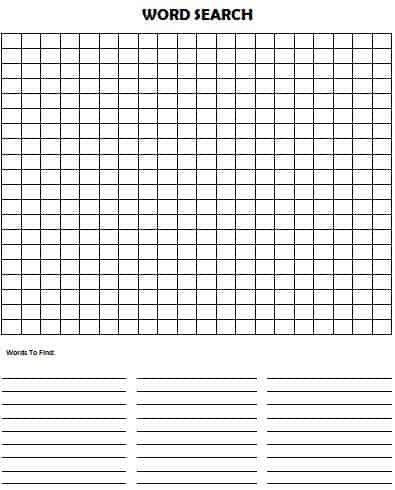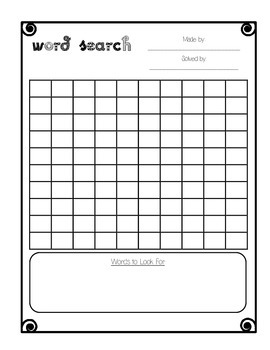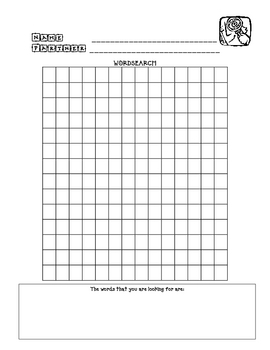

For examaple, if you are only interested in targets that perfectly match the primers, you can set the value to 1. If the total number of mismatches between target and at least one primer (for a given primer pair) is equal to or more than the specified number (regardless of the mismatch locations), then any such targets will be ignored for primer specificity check. This is another parameter that can be used to adjust primer specificity stringecy. Try to lower the mismatch value in such case. However, specifying a larger mismatch value may make it more difficult to find such specific primers. The larger the mismatches (especially those toward 3' end) are between primers and the unintended targets, the more specific the primer pair is to your template (i.e., it will be more difficult to anneal to unintended targets). This requires at least one primer (for a given primer pair) to have the specified number of mismatches to unintended targets. You can use your own sequences (accession number, gi, or FASTA sequence) as a search database.

This database is recommended if you are not considering variations represented by alternate loci. Mitochondrion and plastid genomes are also included where applicable.Īlthough sequences in this database are completely covered by the Refseq representative genomes database, it does not contain the alternate loci and thus avoids sequence redundancy introduced by including alternate loci. These are Refseq representative genomes from primary chromosome assemblies (i.e., no alternate loci) for many eukaryotic organisms. Genomes for selected eukaryotic organisms (primary assemblies only): This contains all RNA entries from NCBI's Reference Sequence collection Mitochondrion genomes are included where applicable. For other species, genomes from diverse isolates of the same species may be included. For the eukaryotes, only one genome is included per species (However, alternate loci of eukaryotic genomes are included where applicable). This database contains minimum redundancy in genome representation.

These genomes are among the best quality genomes available at NCBI. This database contains NCBI RefSeq Reference and Representative genomes across broad taxonomy groups including eukaryotes, bacteria, archaea, viruses and viroids.

This contains mRNA only from NCBI's Reference Sequence collection


 0 kommentar(er)
0 kommentar(er)
